A Day in Modern London - An Architectural Walk Through the City
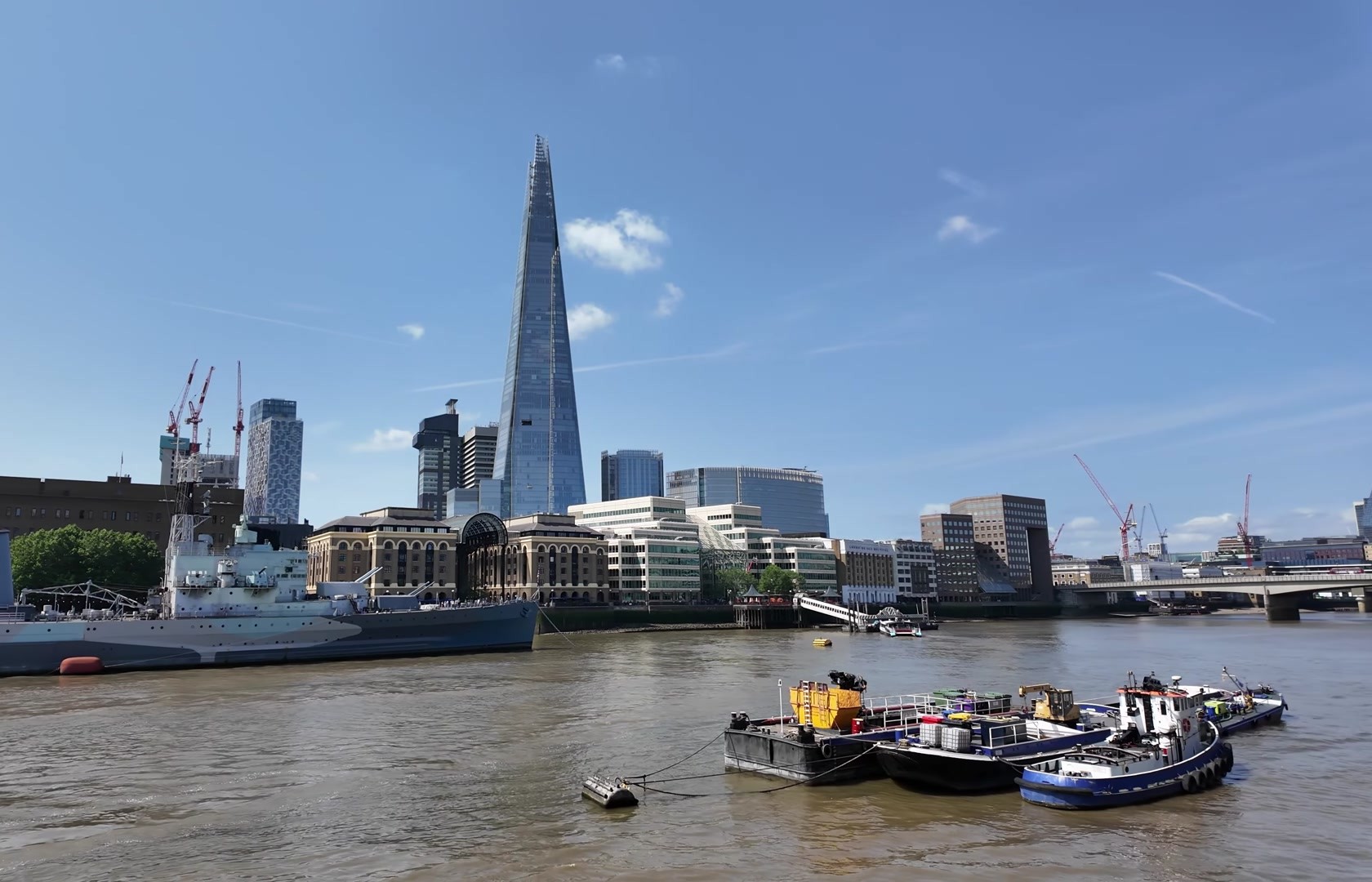
Hello friends. Today I want to talk about a day I spent in London. I decided to take a walk focused mostly on modern architecture because I had already heard many times about classic London architecture. I started in the City area very close to Tower Bridge and the famous Tower of London. From there a magnificent view opens across the Thames River. In front of me stood The Shard, the tallest building in the United Kingdom. This building was designed by the famous Italian architect Renzo Piano. He is a Pritzker Prize-winning architect. The building is 310 meters tall and its name means glass shard. Indeed, the glass surfaces of the building sparkled brightly in the British sunlight.




Although London is usually imagined as a foggy, overcast city, this is a complete misconception. Every time I came to London, the weather was generally quite good, except for one or two exceptions. I can say I had not visited for a long time, so many things had changed in the city.

The City area, which is London’s financial and business center, covers a square mile and is very rich in modern architecture. I explored many interesting buildings opposite The Shard.


First, I want to talk about the Lloyd's building. This structure was designed by Richard Rogers and is known as the building that turns its inside out. Rogers exposed all the technical infrastructure and the skeleton of the building on the outside. This is called structural expressionism. It creates an extraordinary appearance. The interesting part is that this modern building creates a striking contrast with the historic buildings around it. In some places, only the facade of a historic building remains, while in others the buildings are almost fully preserved.




Another remarkable and controversial building is the skyscraper commonly called Walkie-Talkie by the public. The British have a humorous nature and like to give buildings nicknames. The Walkie-Talkie building is known for its unusual form that widens upwards.

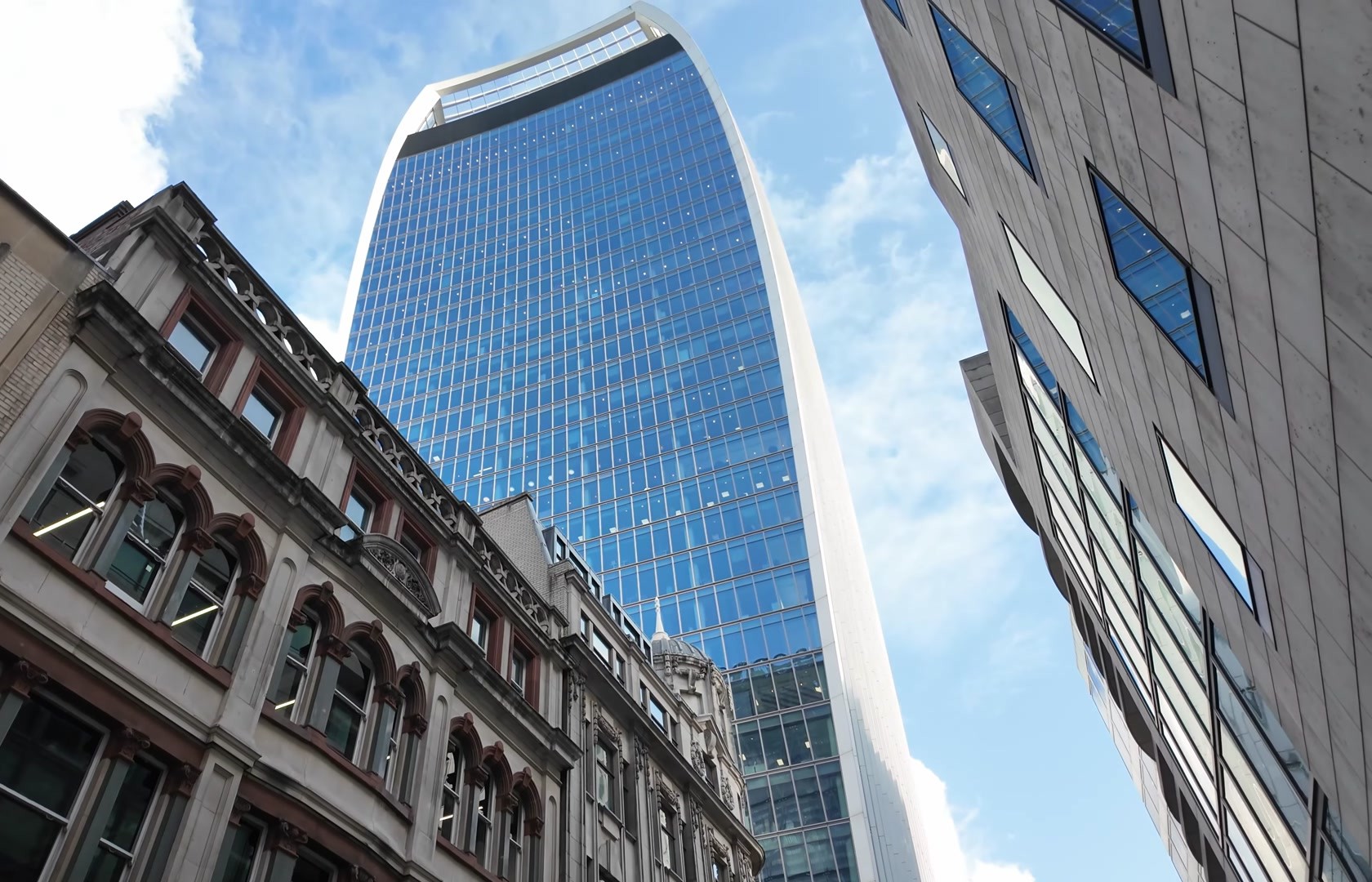
This building also has one of the free-access viewing terraces. However, you need to make a reservation in advance. You can also enjoy a meal or drink at the restaurant on top of the building with a great view. Although it is a tourist spot, the food is quite tasty and prices are reasonable for London standards.



However, the building has also caused some problems. First, due to its height, wind tunnels formed here creating danger for pedestrians and cyclists. Now all 13 new skyscrapers planned for this area have to undergo special tests. Another problem is the building’s sloping glass facade. This facade reflects sunlight so intensely at some hours that the paint on cars heats up enough to melt. Because of this, the building earned another nickname, Walkie-Scorchie.

Norman Foster’s famous cucumber-shaped building called Gherkin is also very important. When it opened in 2002, it was considered a major architectural revolution. This building was one of the most energy-efficient of its time due to its double facade system. Heating and cooling costs were significantly reduced. It also has a very distinctive design. You recognize it as soon as you see it.
Norman Foster has other projects too. One of them is the London City Hall on the other side of the Thames. This building has a very futuristic design but fits well with classic structures like Tower Bridge.


Another building that caught my attention in the City is the Leadenhall Building, known among the public as the Cheesegrater. This building draws attention with its interesting air ducts and slanted form. Right next to it is a historic market of the same name, Leadenhall Market. Although surrounded by glass and concrete, this authentic market creates a wonderful contrast.




The City area especially livens up after work hours. People hang out here after work and the atmosphere is almost festive. Londoners are both witty and know how to have fun.
There is also a new skyscraper planned to open soon called the Scalpel. Its form is said to resemble a surgical instrument, which is how it got its name. It is also visually an interesting structure.




Of course, to understand modern architecture you could spend a whole day in the City, but I continued along the river. Later I stopped by Chelsea Harbour. This is an expensive residential area where aristocratic atmosphere meets modern life. The Chelsea Harbour Design Centre is also located here. One purpose of my London visit was to see the Wuhouse exhibition there.
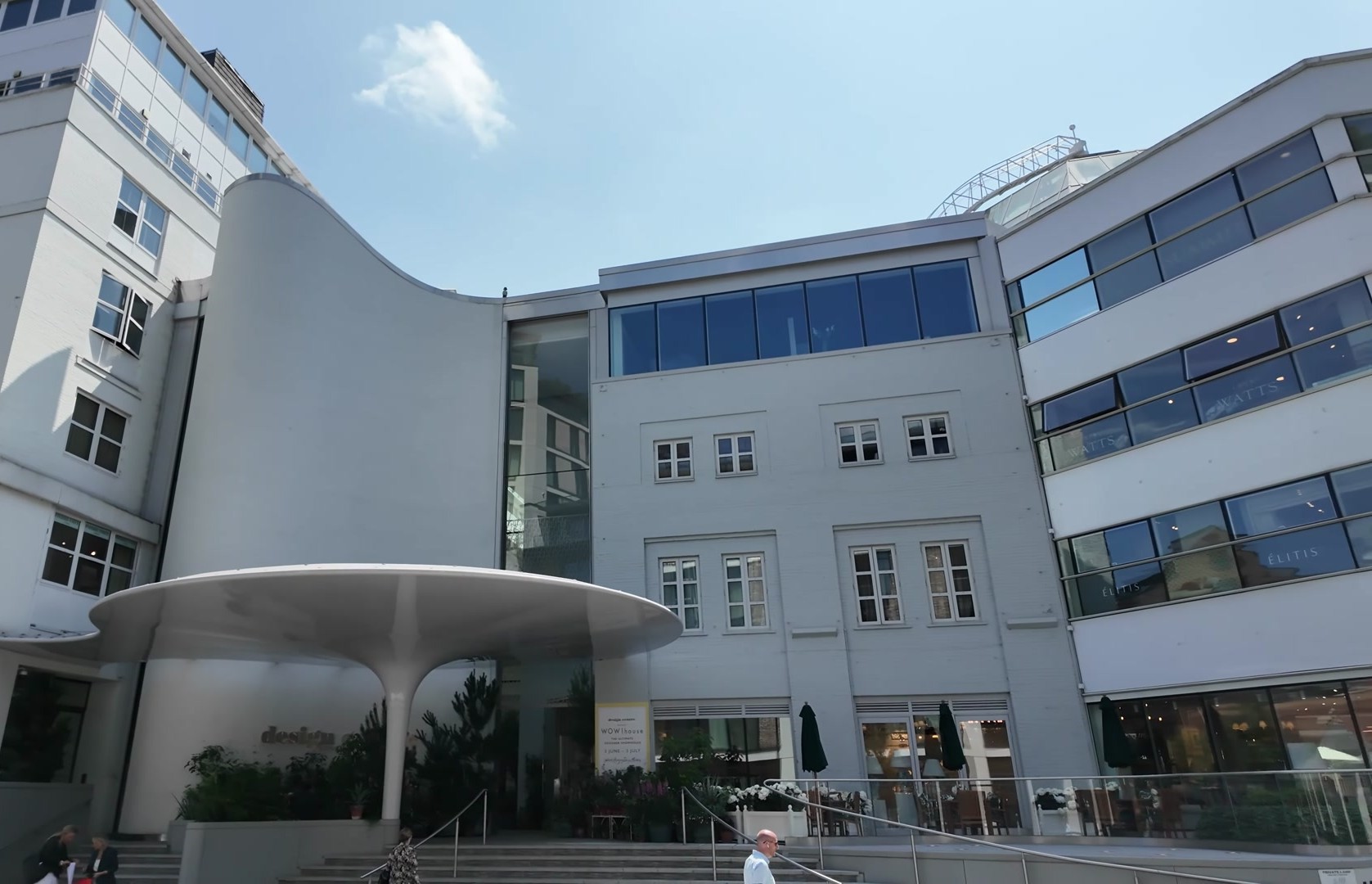
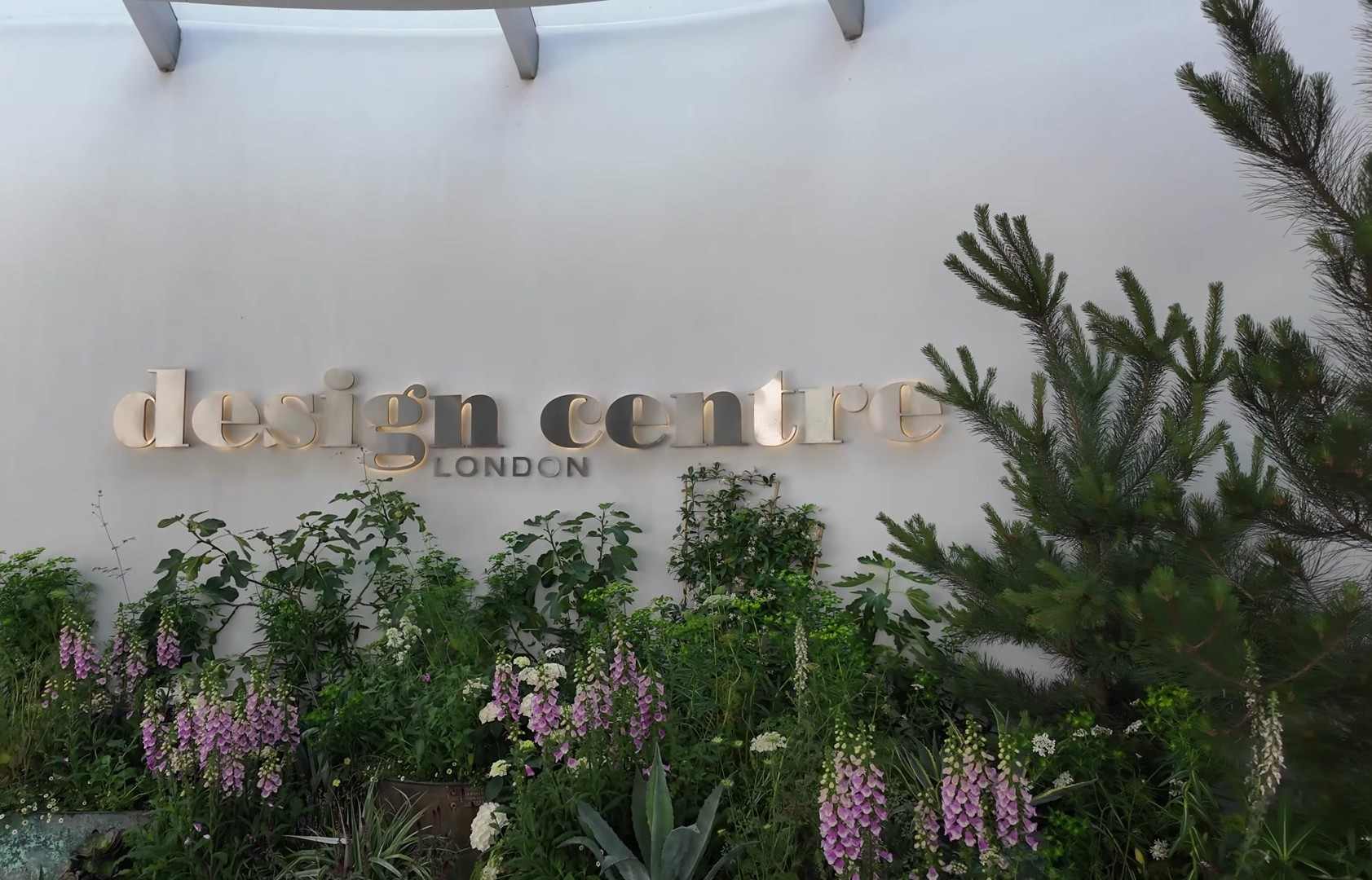
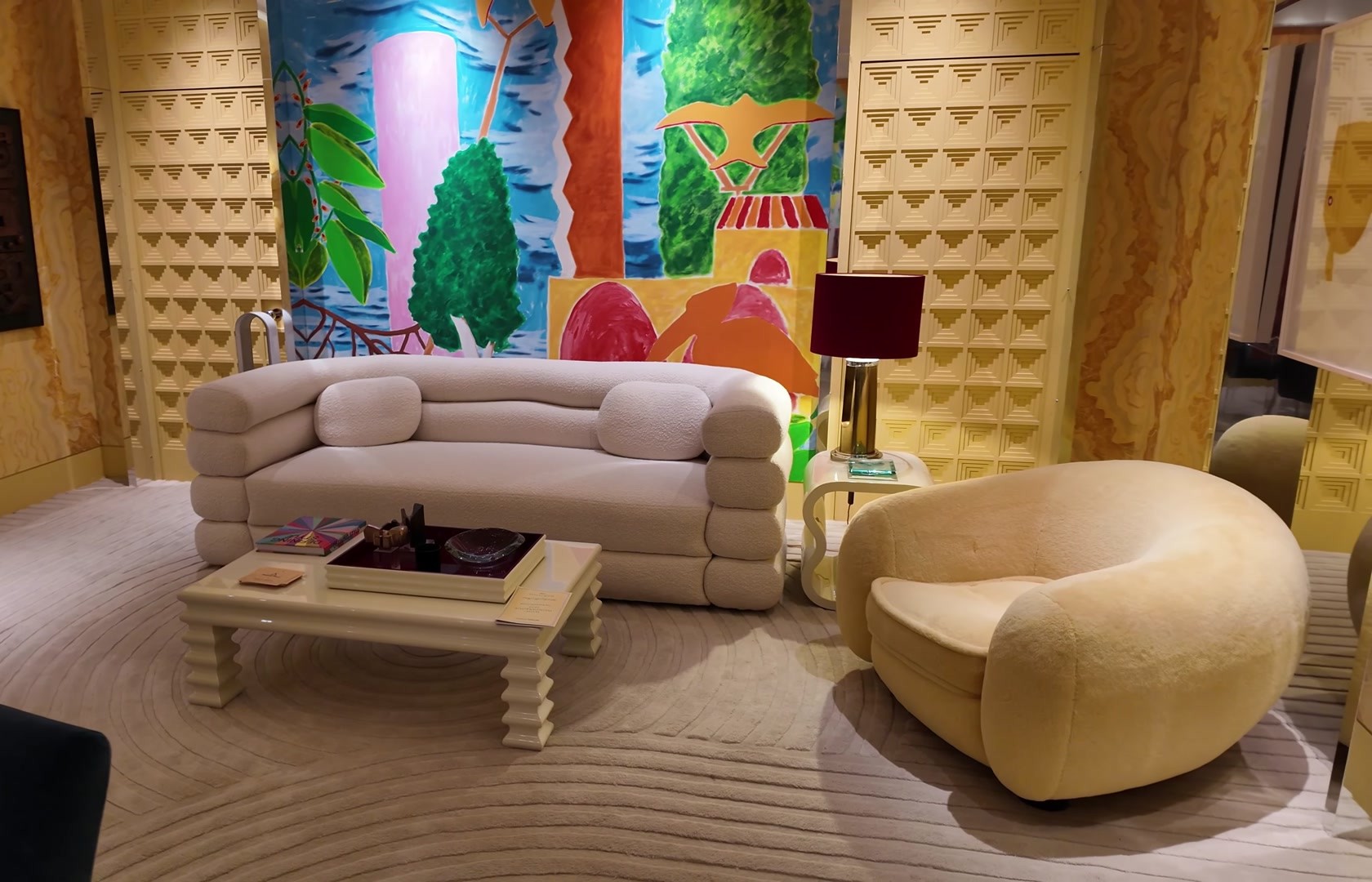
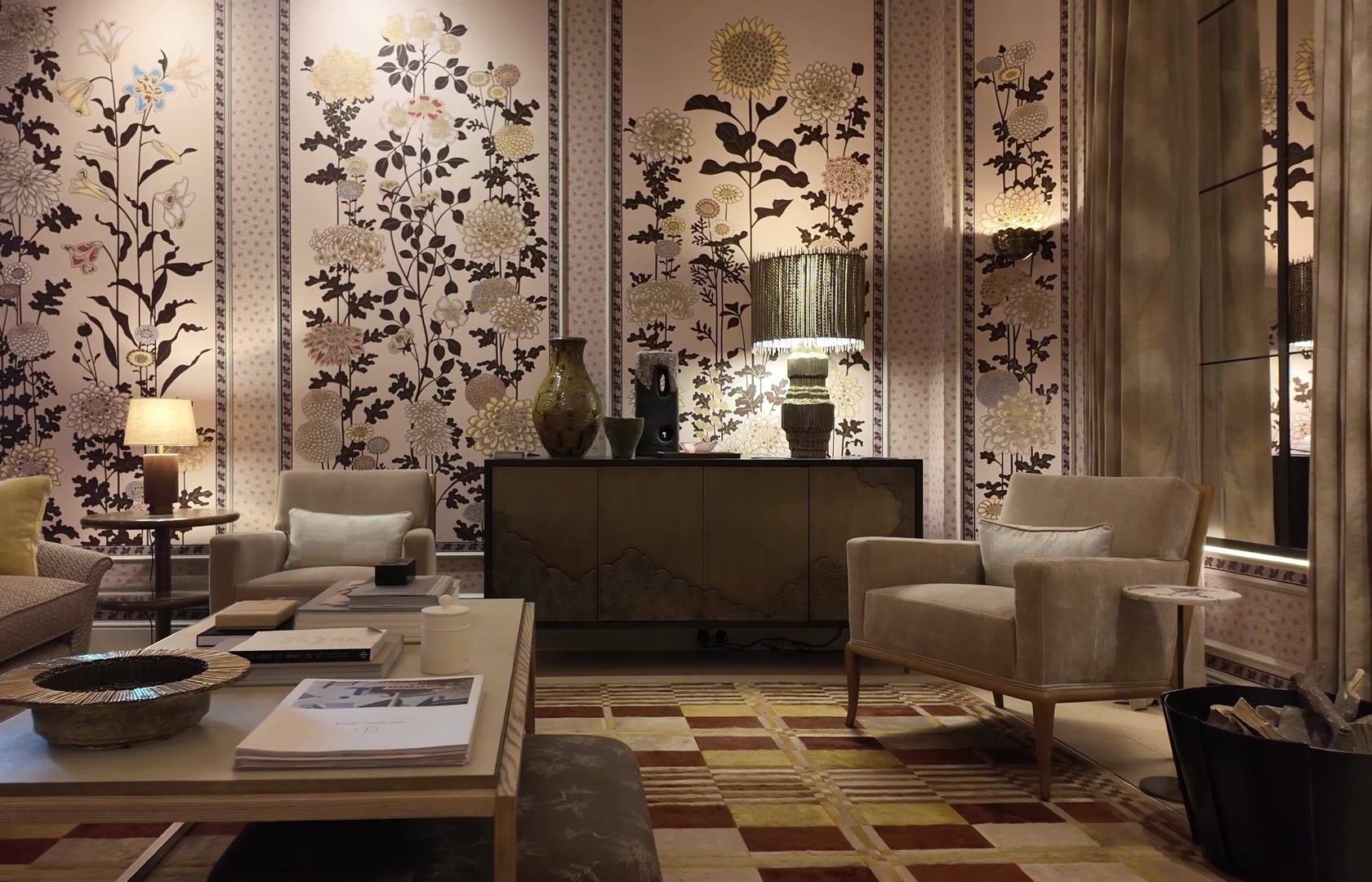
Another notable building is the Battersea Power Station. It was built on the Thames riverside in the 1930s. Its architect was Sir Giles Gilbert Scott, also the designer of the famous red telephone booths. The first part of the power station was built in Art Deco style, the second part during wartime. It was placed under protection in 1980. In the 21st century, it underwent a major restoration and was converted into a shopping center. A viewing terrace was placed on one of its chimneys.
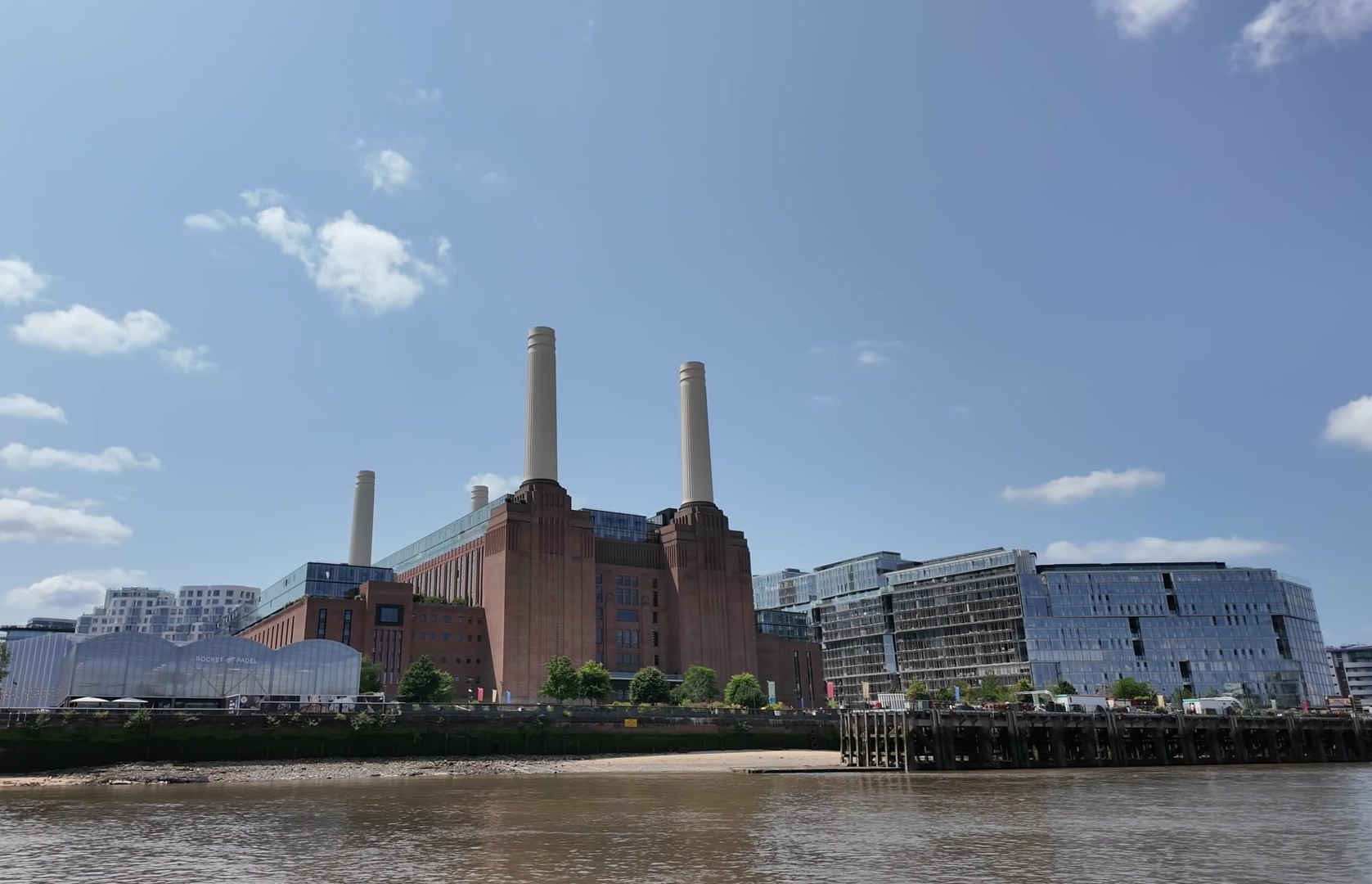



The areas around the power station are also being revitalized. Housing, cafes, restaurants and cultural spaces are being built. One of these is a Norman Foster project, the other two towers were designed by Frank Gehry.

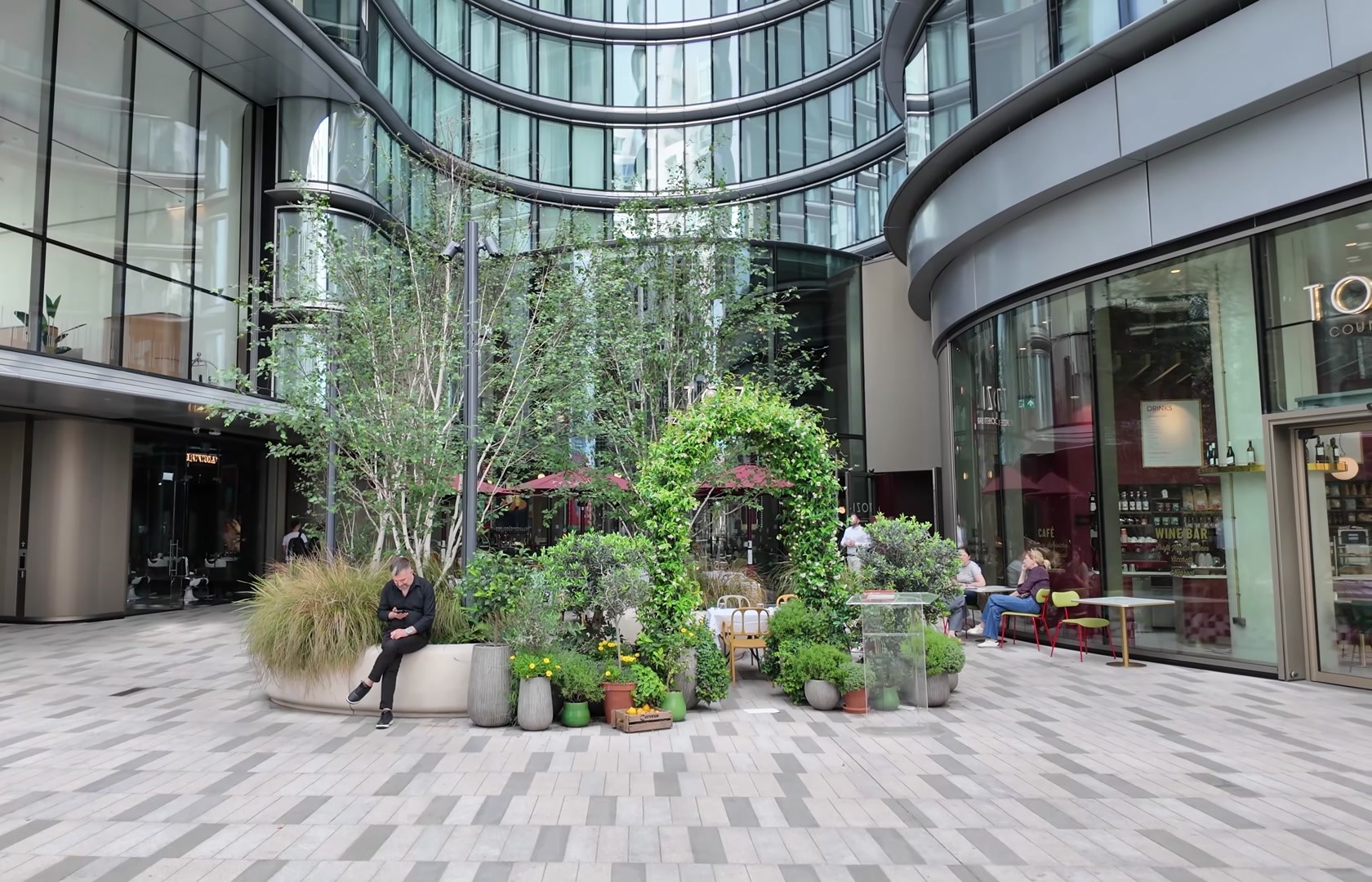


One more interesting fact: the chimneys of the power station were not restored but completely demolished and rebuilt according to the original. A glass elevator was installed on one of the chimneys.

During my river tour I also saw other iconic buildings. The Tate Modern building across the Thames was once a power station too and was also built by Sir Giles Gilbert Scott. In 2000 the Swiss duo Herzog and de Meuron converted it into a modern art gallery. They preserved the historic brick structure and added only a horizontal extension that lets in light. Later a curved new tower called the Blavatnik Building was added just behind the gallery.

Another nearby building is commonly called the vase or boomerang. This building, named Blackfriars Number One, is used as office and residential space. The easiest way to reach Tate Modern is by walking across the Millennium Bridge from the north bank. This bridge was also designed by Norman Foster. At first it was called the wobbling bridge because when it opened it had issues with oscillation and vibration. Later dampers were added and the problem was fixed.

If I briefly mention the Tate Modern collection, there is a bit of everything. Marcel Duchamp’s original urinal, some expressionism, some impressionism and Soviet-era Russian art including Malevich, Goncharova and Pivovarov. There are pop art examples from Andy Warhol and Roy Lichtenstein too. There are many works with sexual connotations that push boundaries. Names like Louise Bourgeois are also there of course.
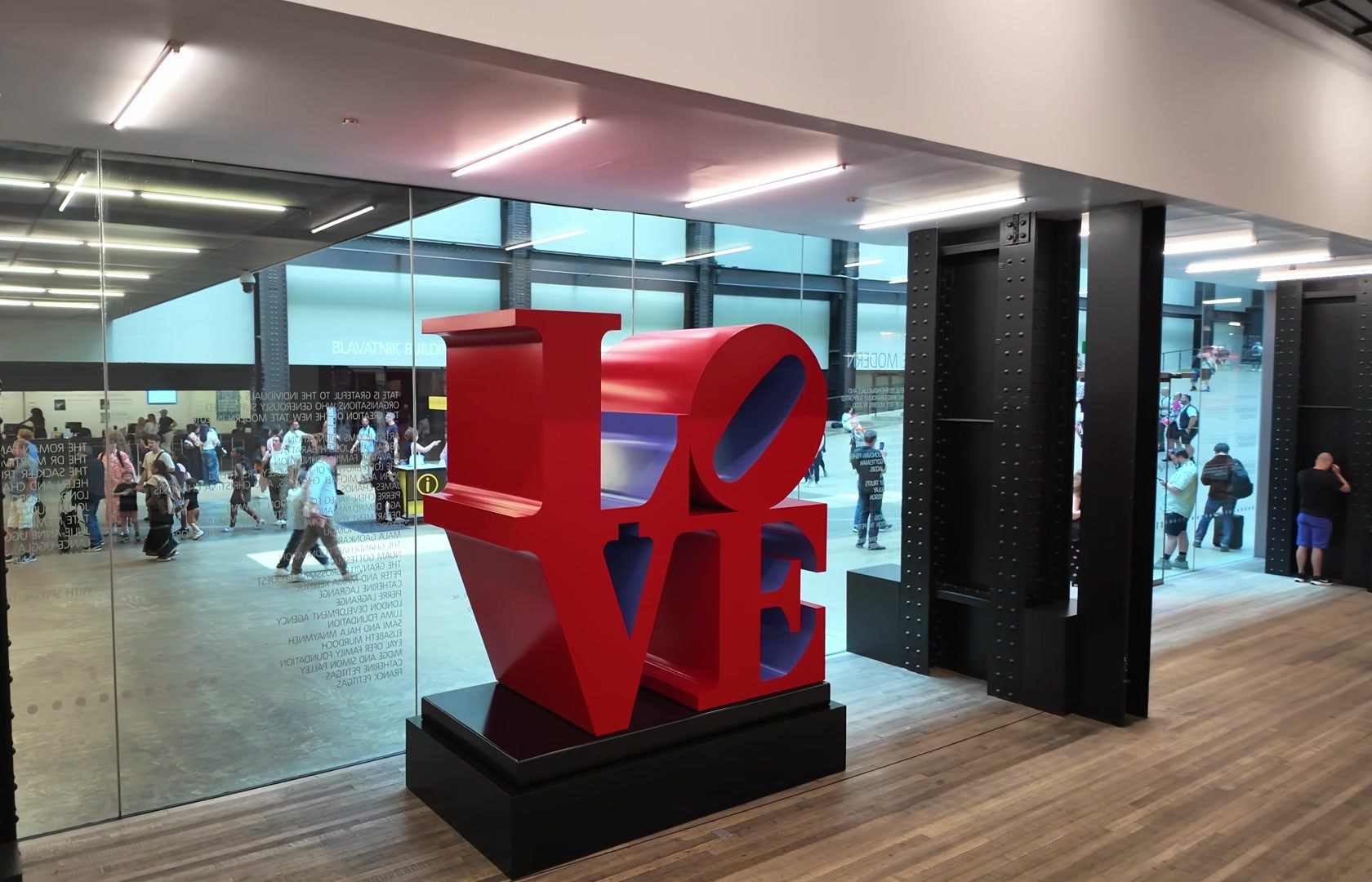
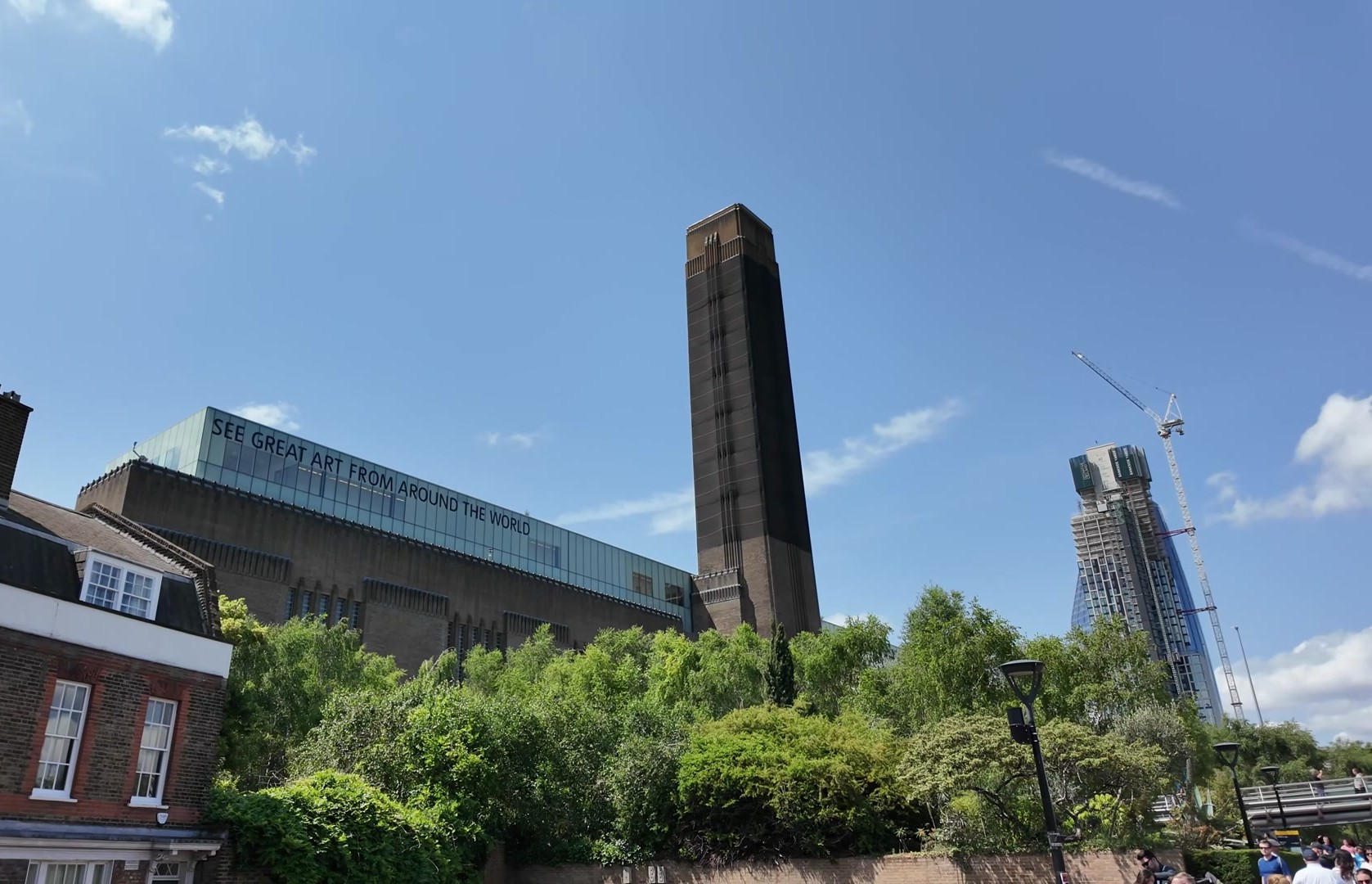
Personally, I think the collections of big museums are mostly similar to each other. So visiting smaller, local exhibitions might be more interesting. But if you are in London, Tate Modern is a must-see. Admission is free.
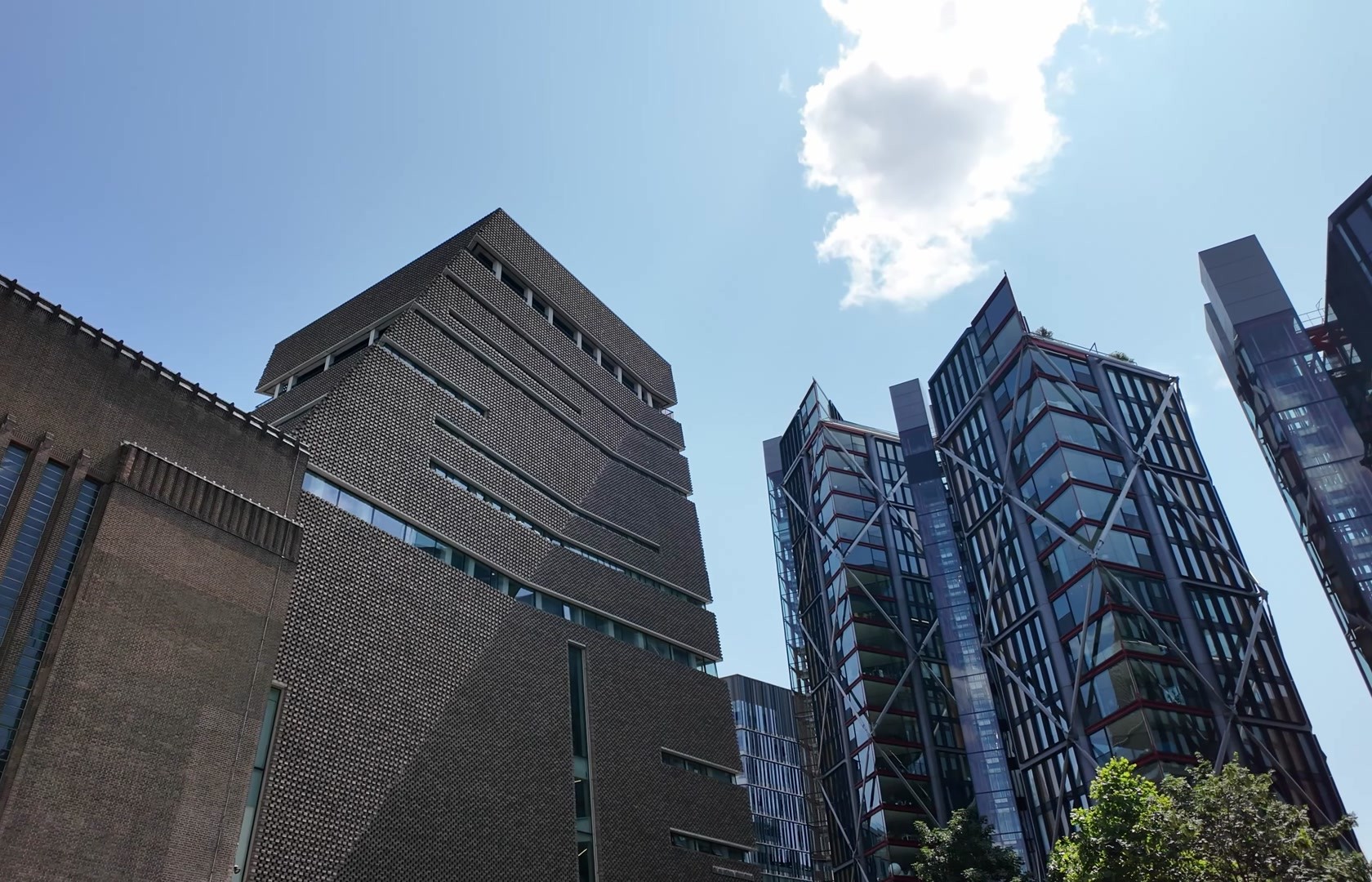











I ended my tour at the Serpentine Gallery in Kensington Gardens. The Serpentine Pavilion there was designed by Bangladeshi architect Marina Tabassum. The structure was inspired by ceremonial tents in Southeast Asia. It has a wooden frame covered with matte glass panels that look like fish scales. There are seating areas inside.




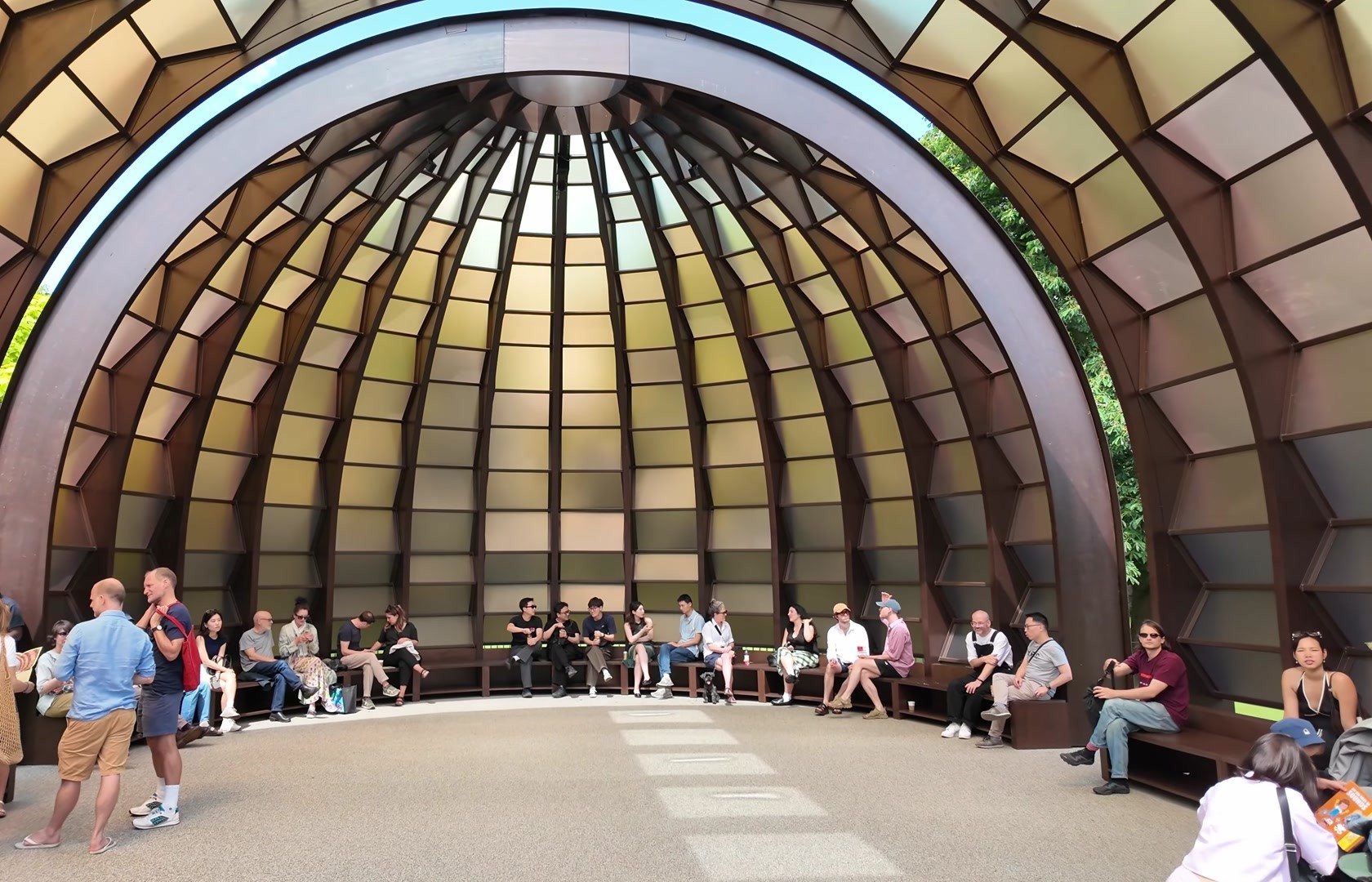
This year there is a new feature there, a play pavilion built in cooperation with a Danish company that produces LEGO-like building blocks. Adults and children can go inside and play freely.

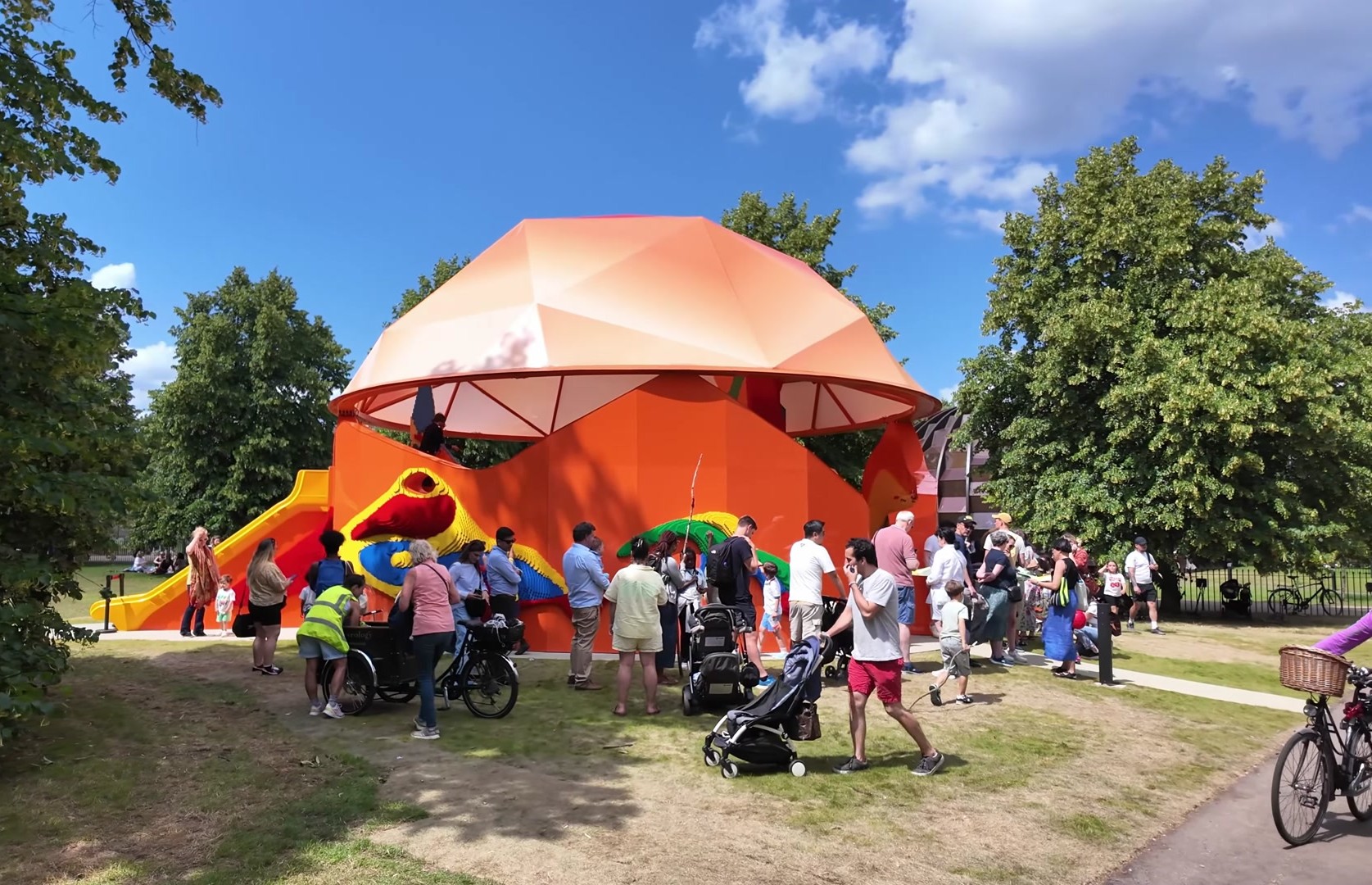

If you get hungry, I definitely recommend visiting Borough Market very close to Tate Modern. This colorful and authentic market set up under the train bridge offers cuisine from every nationality. And yes, do not underestimate British cuisine. It is definitely worth trying.
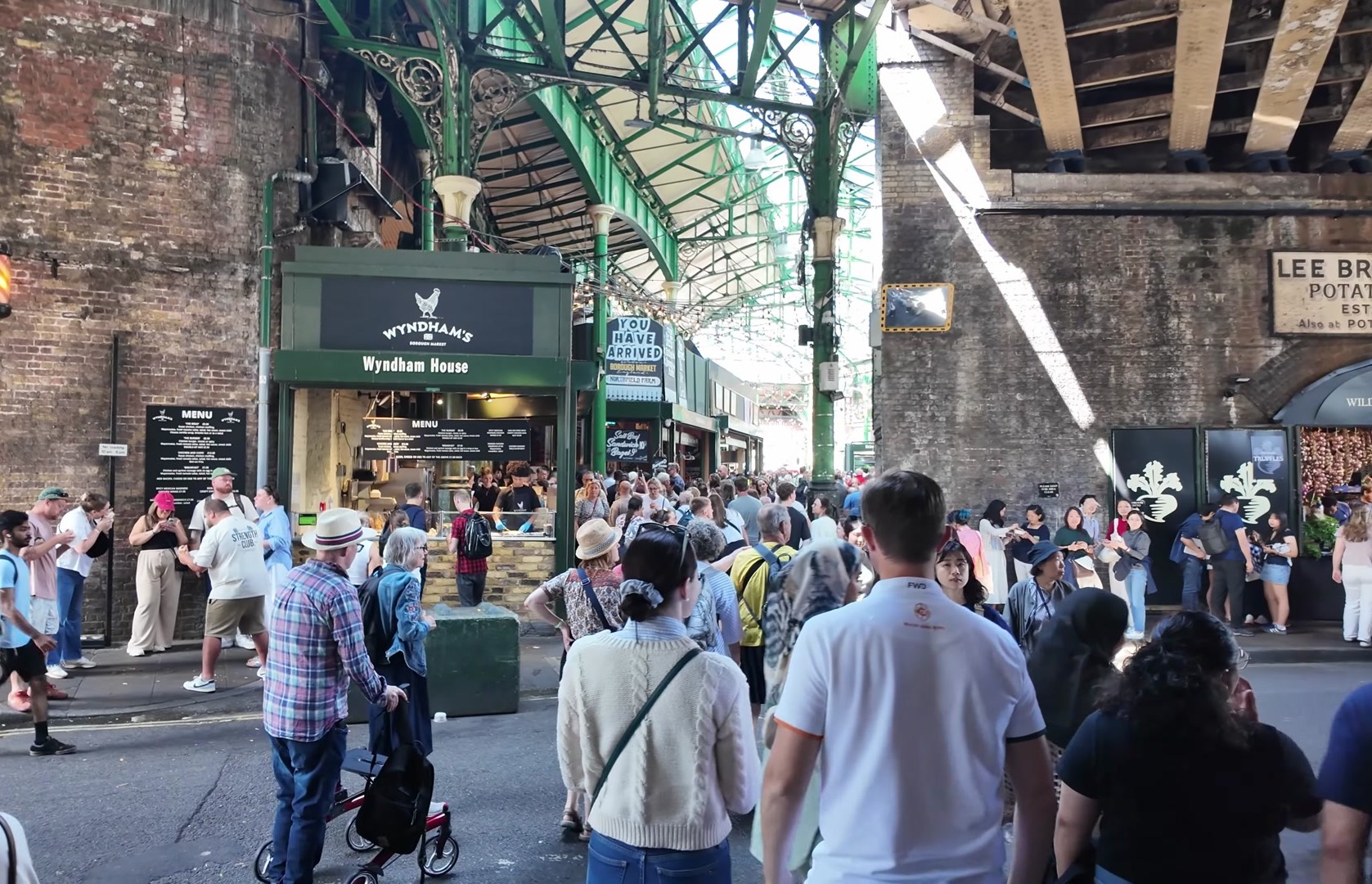




Thank you for reading friends. See you on the next journey.
You can check out this post and your own profile on the map. Be part of the Worldmappin Community and join our Discord Channel to get in touch with other travelers, ask questions or just be updated on our latest features.
Hiya, @ybanezkim26 here, just swinging by to let you know that this post made it into our Honorable Mentions in Travel Digest #2631.
Your post has been manually curated by the @worldmappin team. If you like what we're doing, please drop by to check out all the rest of today's great posts and consider supporting other authors like yourself and us so we can keep the project going!
Become part of our travel community:
thank you for the honorable mention 🤗
You are very welcome @larissalugo! it was well deserved. ☀️
We are already looking forward to reading more about your adventures!
Wow what a stunning picture
Thanks 🙏